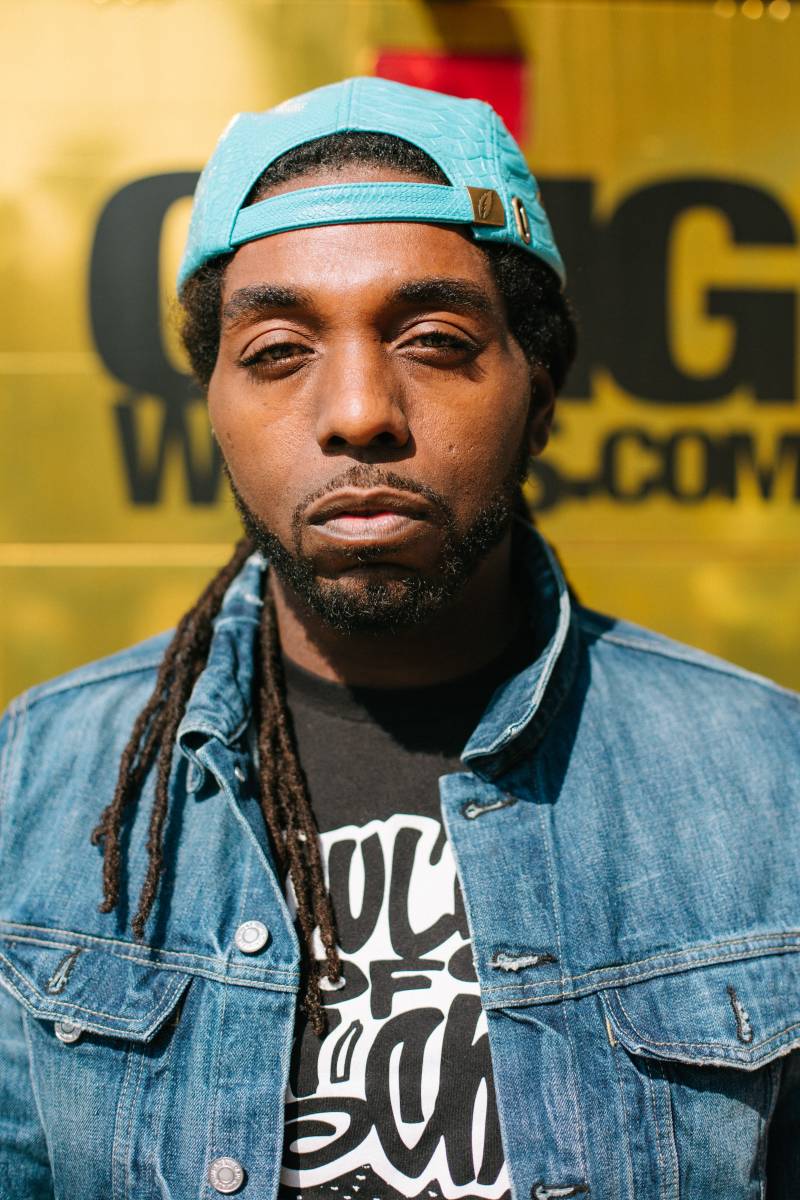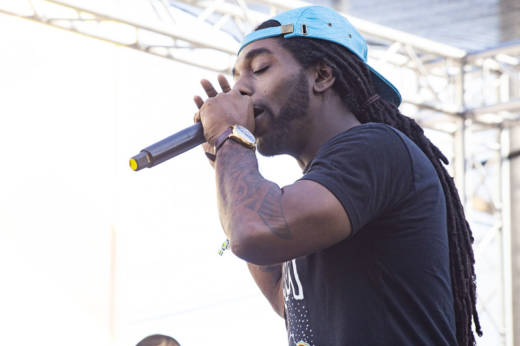In Bay Area hip-hop, where San Francisco, Oakland, Richmond and Vallejo reign supreme, a producer from San Jose united the region and became a key architect of one of its most notable musical movements: hyphy. The party-centric subgenre became the Bay Area’s signature sound in the 2000s, and wouldn’t have been possible without Traxamillion’s uptempo, bass-heavy production on essential tracks like Keak Da Sneak’s “Super Hyphy,” The Jacka’s “Glamorous Lifestyle” and Traxamillion’s own “Sideshow,” featuring Too $hort and Mistah F.A.B.
Traxamillion, born Sultan Banks, died at the age of 42 on Jan. 2 at his aunt’s home in Santa Clara, where he was receiving in-home care for nasopharyngeal cancer. He is survived by his 19-year-old son Elijah Banks, his father Darryl Cudgel and countless friends and collaborators from the Bay Area hip-hop community, where he was a key figure.
“It’s my loss—it’s every rapper, it’s everybody in the Bay—it’s all our loss,” says Too $hort. “It’s a family, it goes generations. And he was a real member of that family.”
“He really left his impact on the culture, on the music we listen to, what we like, our style of music. You know, the whole hyphy movement,” says Keak Da Sneak.
“Rest in heaven, man, Trax, we love you,” he continues. “You’ll always be in our hearts, you’ll never be forgotten. We made history together.”

A San Jose prodigy
Born in Newark, New Jersey and raised in San Jose from the age of nine, Traxamillion began making beats at 12 years old on a keyboard his grandmother gave him for Christmas. “I used to listen to the radio all the time and just play the songs on the radio,” he said in 2016 during a music workshop for youth at the San Jose Public Library. “That’s how I really learned how to make beats. I felt like I was able to get a peek inside [the artists’] mind and how they did this.”
Traxamillion was just 14 when he showed up to a backyard MC battle in San Jose and promptly blew away the competition, according to Demone Carter, now a co-host of the rap podcast Dad Bod Rap Pod. Soon after, Traxamillion recorded a diss track in his bedroom to another rapper in town, then showed up to school with hand-dubbed cassette tapes of the song, and handed all 20 or 30 of them out to fellow classmates.
“I know he is renowned as a producer, but his rap chops are fuckin’ incredible. He had the rhythm, and the cadence, and the voice,” says Carter. “You could hear the musicality in his raps.”
Before long, Traxamillion was producing and rapping alongside Carter and Jesse Jones in a group called Lackadaisical, heavily inspired by Oakland’s Souls of Mischief and fellow San Jose crew The Dereliks. One of the few hip-hop groups in San Jose at the time, Lackadaisical played pep rallies, art galleries and downtown clubs, and recorded an EP that Traxamillion co-produced.
“We were super young, didn’t have any production equipment, and he was making pause-loop tapes that we would rap to,” says Carter. “Even then, he had a vision. He wanted to go somewhere with the music—as we all did at that time, but you could tell, internally, he had it, and he wasn’t afraid to own it.”
After Lackadaisical disbanded, Traxamillion set his sights beyond the underground scene. With an eye toward the millennial success of producers like The Neptunes, Traxamillion bought new equipment and evolved his production style, combining the high-energy Latin freestyle he’d heard growing up among San Jose’s immigrant communities with the futuristic knock of Timbaland.
“Back in the hyphy movement, one of the main conversations going on was, ‘We need to be able to compete on a national level.’ A lot of other regions had their producers, and we had ours, but there had been a lull in the Bay Area,” remembers fellow hip-hop producer Trackademicks, who came up with Traxamillion in the early 2000s. “It was time for new folks. … Traxamillion was kind of the big breakout for the hyphy movement.”
A key architect of hyphy
One night at a party in San Jose, Traxamillion watched people doing a new dance with a particular manic energy. “So I was tryin’ to figure out a beat that went with that while they was in the room dancin’,” Traxamillion told Dad Bod Rap Pod podcast in 2018.


